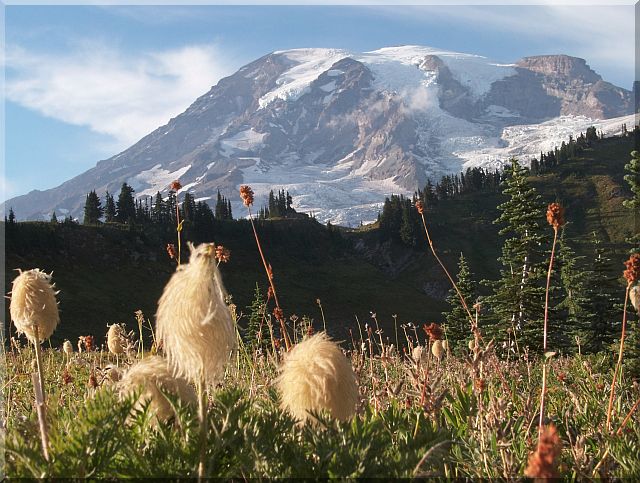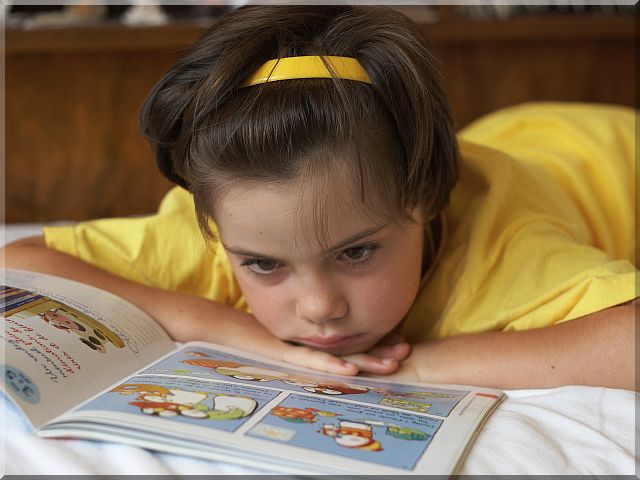Aperture priority is a semi-automatic mode of exposure, where the aperture is selected manually and the exposure time is calculated by the camera in such a way that the correct amount of light reaches the sensor (see the reciprocity principle mentioned in the post “How Much Light Is Needed Inside the Camera?”).
The immediate consequence of this mode of exposure is that we can force the camera to use a certain aperture based on other technical or artistic reasons like, for example, achieving a certain depth of field.
A typical usage of aperture priority is in landscape photography when the optimal aperture is highly desired because of the large DOF combined with maximum sharpness (see this post related to DOF). The following image is a good example illustrating this mode of exposure in order to use the optimal aperture:
As you can see, almost everything from very close to the camera to infinity is “in focus” and sharp (the desired goal).
Some may argue that using a fully automatic mode they obtained similar results. This may be true but not consistently. Most cameras, especially those that have presets like scenery (or landscape) mode, tend to prefer the optimal aperture to increase the likelihood of a sharp image. However, there is no guarantee that these cameras will always use the same optimal (or close to optimal) aperture. The only way to ensure this is to use the aperture priority if it is available.
Another usage of the aperture priority mode is when a shallow DOF is desired, like in the case of portraits, pets, flowers, or simply any objects on a blurred background that are supposed to focus attention of the viewer. Here is a typical case:
Without aperture priority the DOF cannot be easily controlled. Some compact cameras without this mode of exposure may have preset modes where a larger aperture is favored without a guarantee that the final result will look exactly in the way the photographer desired (but close enough sometimes).
Finally, another example, this time a portrait, where the aperture priority mode allows the photographer to achieve a shallow DOF:
Once again, the aperture priority is a very useful mode of exposure, especially when it comes to controlling the depth of field. Used appropriately, the results can be rewarding.
Cameras without manual control may have different scene modes that will favor certain aperture ranges and will try to achieve the same result without involving the user too much. Is it a good thing? Probably not for those interested in the creative side of photography. But the rest will be definitely happy to select the right scene preset and forget about aperture, exposure time, sensitivity, DOF, etc.
If you are in the search for a camera right now, try to find one that has manual control of exposure even if you don’t plan to use it. It may prove very useful one day when no scene mode will produce the desired results. Don’t forget that more and more cameras (even some low-end ones) come with this feature now.
Next time I will discuss about the shutter priority. As you may guess already, this mode allows you to select a certain exposure time letting the camera decide the aperture. Try to imagine a situation where this mode can be useful. See you back soon!



